In today’s digital world, especially across text messaging, email, and social media, abbreviations and acronyms have become essential tools for fast, clear, and modern communication. One such abbreviation often encountered is “opt”—a small word with multiple layers of meaning depending on the context, tone, and intention behind its use.
This article offers a comprehensive, advanced-level exploration of the meaning of “opt” in text, including how to interpret it in professional, casual, or polite scenarios. Whether you’re replying to a message, composing an email, or managing business correspondence, understanding the nuances of “opt” and how to express its alternatives can elevate your communication style significantly.
We will also explore 15 example replies, showing different ways to communicate the idea of “opt” in rich, articulate, and tone-sensitive ways.
Let’s dive in.
What Does “Opt” Mean in Text?
The term “opt” in text is short for “to choose”, “to select”, or “to decide upon” something. It originates from the Latin word optare, meaning “to wish” or “to choose.” In modern English—especially in written communication—the word is used to show preference or choice.
For example:
- “I’ll opt for delivery instead of pickup.”
- “We can opt out of notifications.”
- “He opted to stay silent.”
Common Contexts:
- Business or customer service: “Opt-in” or “opt-out” of a subscription or service.
- Daily texting: Making choices in plans or decisions.
- Academic or career: “She opted for the thesis route.”
So, “opt” is essentially a formal way to say “I choose.”
What Does “Opt” Stand For?
The word “opt” is not an acronym, so it doesn’t stand for anything the way abbreviations like “LOL” (Laugh Out Loud) or “ASAP” (As Soon As Possible) do.
However, in some contexts, people assume “OPT” in uppercase refers to:
- Optional Practical Training (in the U.S. immigration system, for international students)
- Optical (as used in technology: “opt cable”)
- Optimization (common in tech or marketing lingo)
But when used in general texting or messaging, “opt” is simply a verb that means to make a choice.
So, “opt” doesn’t stand for anything in casual text conversations—it just means “choose” or “prefer.”
The Meaning of “Opt” in Different Texting Scenarios
Let’s break down how the meaning of “opt” changes depending on tone and intent. The same word can sound professional, polite, or relaxed depending on how and where it’s used.
1. Professional Use
In a formal or business setting, “opt” appears in:
- Agreements and documents: “You may opt out at any time.”
- Business decisions: “The company opted for a hybrid work model.”
- Marketing preferences: “You’ve successfully opted in to receive updates.”
Nuance: In professional contexts, “opt” provides clarity, formality, and precision.
2. Polite Use
When used politely in messages or emails, “opt” softens the tone while still delivering a clear message:
- “I’d like to opt for the vegetarian option, if that’s alright.”
- “She opted not to attend, as she had prior commitments.”
Nuance: It creates distance and politeness, helping avoid sounding too direct.
3. Casual Use
In everyday texts, “opt” might sound slightly formal, so many people replace it with simpler phrases:
- “I’ll go with that.”
- “I’m choosing the earlier time.”
- “I picked this one instead.”
Still, some might text, “I opted for the cheaper one” to add maturity or precision to the message.
Best Alternatives to “Opt” Based on Tone
Here are various alternatives categorized by tone:
✅ Formal Alternatives
- I have decided to
- I prefer to
- I am inclined to
- I have chosen to
- I will proceed with
✅ Polite Alternatives
- I’d rather go with
- I’d like to choose
- I believe the better option is
- I’m leaning toward
- I would prefer to
✅ Casual Alternatives
- I’m going with
- I picked
- I chose
- I’m down for
- I’ll take that one
When Should You Avoid “Opt” in Text?
While “opt” is widely accepted and proper, there are moments where it may not be the most effective choice:
- When clarity is key: Saying “I chose” is sometimes clearer to non-native English speakers.
- In very casual chats: “Opt” might sound unnecessarily formal or stiff.
- With people unfamiliar with the term: Not everyone understands it in its short form.
Tip: Always match the word’s formality to the situation and audience.
15 Advanced Examples: How to Express “Opt” in Text
Below are 15 rich, clear, and varied ways to express the idea of “opt” depending on the situation.
✅ Formal / Business
- “After reviewing both proposals, I’ve decided to proceed with the second option.”
- “We have chosen to extend the project deadline based on your feedback.”
- “Management is inclined to adopt a more sustainable strategy.”
- “The client preferred the revised version, so we will implement that.”
- “Due to budget constraints, we have opted not to proceed with phase two.”
✅ Polite / Diplomatic
- “I’d like to go with the afternoon slot, if that works for you.”
- “I’m leaning toward the shorter agenda, just to be respectful of everyone’s time.”
- “If possible, I’d prefer to attend virtually.”
- “I believe the earlier date might work better for all involved.”
- “If it’s not too much trouble, I’d like to choose the second option.”
✅ Friendly / Casual
- “I’m down for movie night instead of dinner—let’s do it!”
- “I picked the blue one—it just felt right.”
- “Let’s go with tacos, I’m craving them.”
- “I chose the morning class, less crowded.”
- “I’ll take the first option, sounds better.”
These examples illustrate how fluid the concept of “opt” can be—moving from structured and professional to relaxed and friendly, depending on the setting.
How to Choose the Best Alternative to “Opt” in Text
Choosing the right expression depends on several factors:
✅ 1. Audience
Are you talking to your boss, a friend, or a client?
- Boss: “I’d prefer to proceed with the original timeline.”
- Friend: “Let’s go with Friday night.”
✅ 2. Medium
Texting? Email? Formal report?
- Text: Simple and casual is best.
- Email: Professional and polite tone works better.
- Report: Precision and formality are key.
✅ 3. Purpose
Is your message about choosing, opting out, or committing?
Each purpose might call for a different phrase.
For example:
- Choosing: “I’ve selected…”
- Opting out: “I’ve decided not to continue.”
- Committing: “I will go ahead with…”
Why Clarity and Tone Matter in Modern Communication
Today’s communication—whether via SMS, WhatsApp, Slack, or email—is rapid, brief, and tone-sensitive. A poorly chosen word like “opt” in a casual text might seem too stiff, while saying “I’ll go with it” in a legal agreement might sound too casual.
Understanding words like “opt”, and knowing when and how to use them, gives you linguistic control—letting you sound confident, thoughtful, and appropriate every time.
Final Thoughts
The word “opt”, though short, is rich with meaning and application. It’s more than just a synonym for “choose”—it carries weight in formality, tone, and context. From formal decision-making to casual plans, mastering how to express “opt” appropriately enhances your written communication and helps you connect with your audience clearly and professionally.


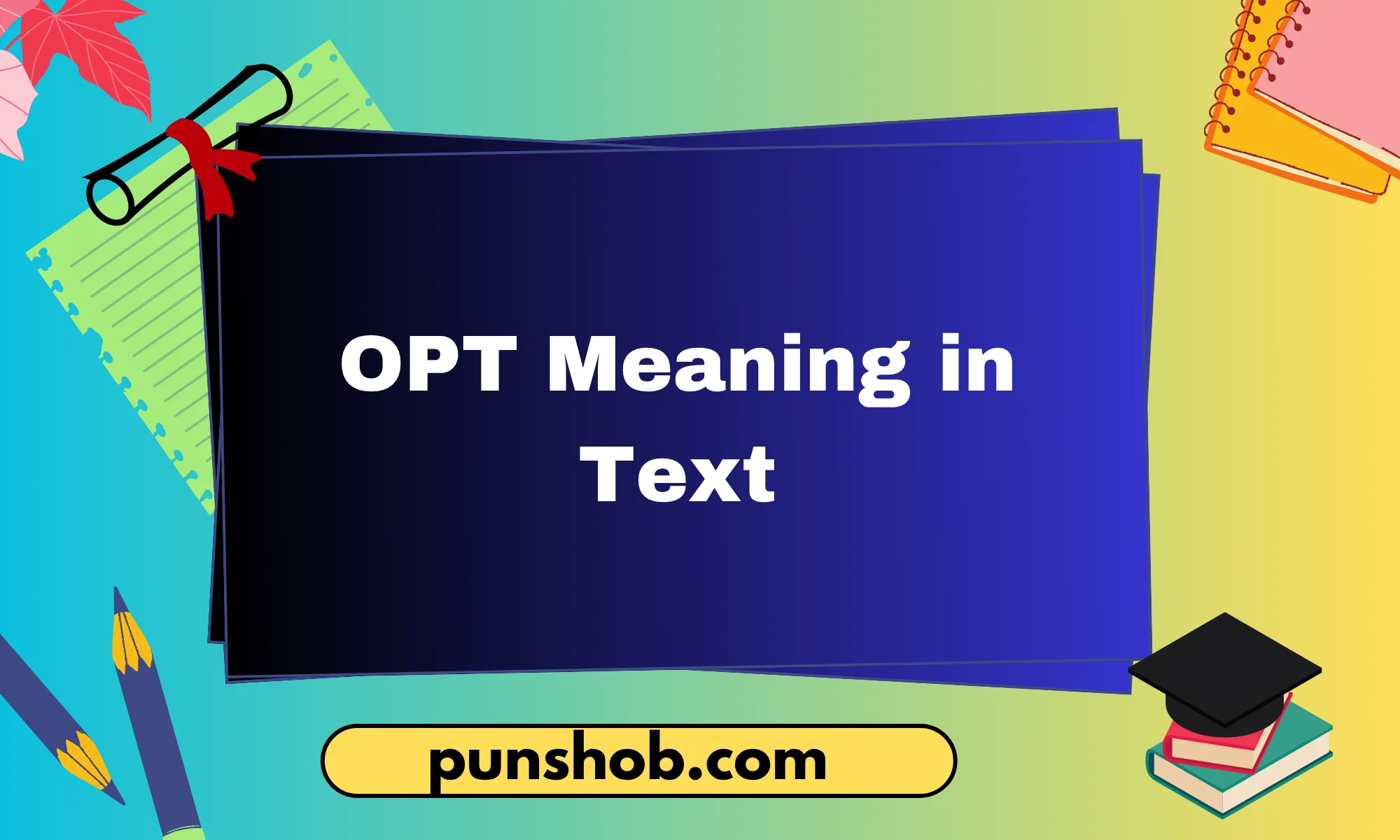
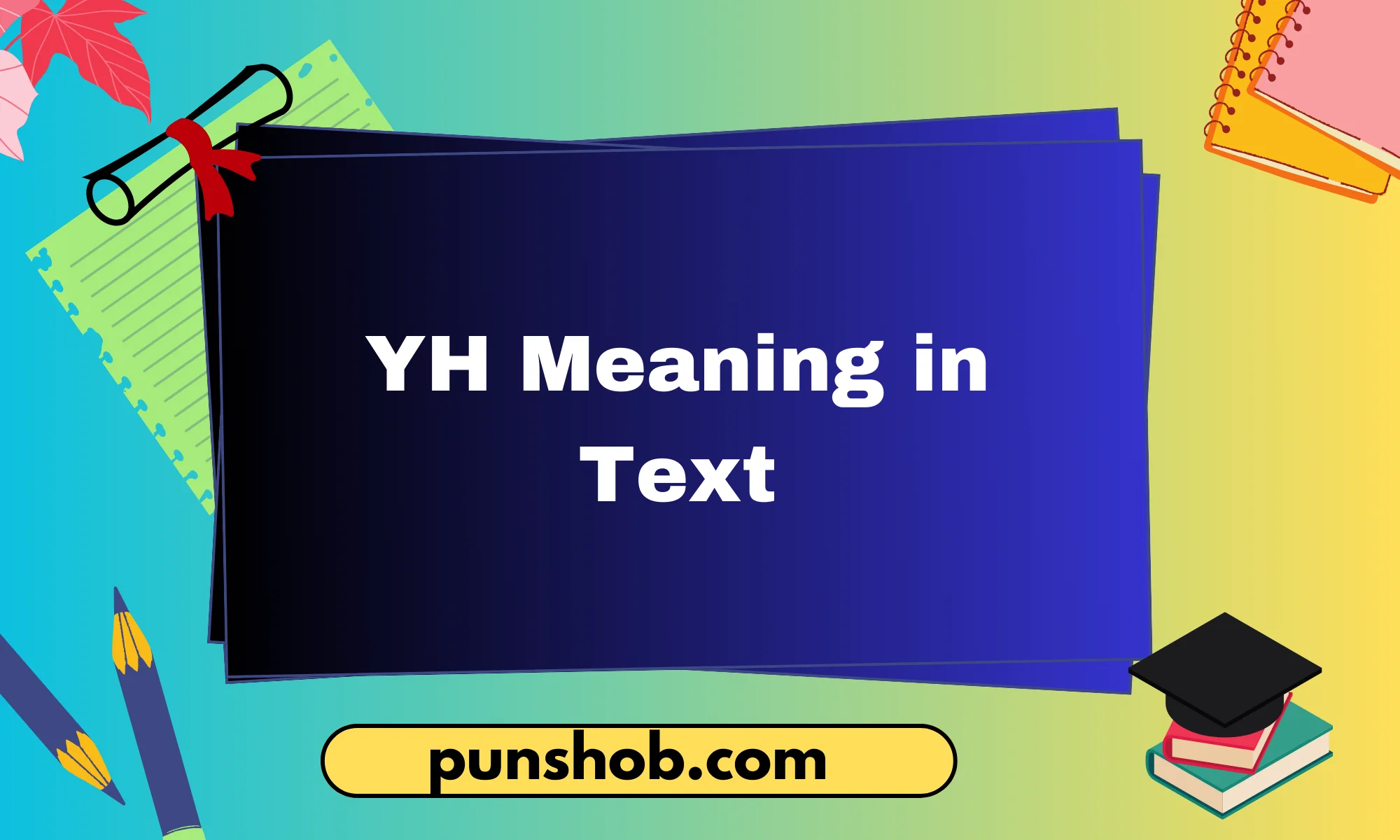
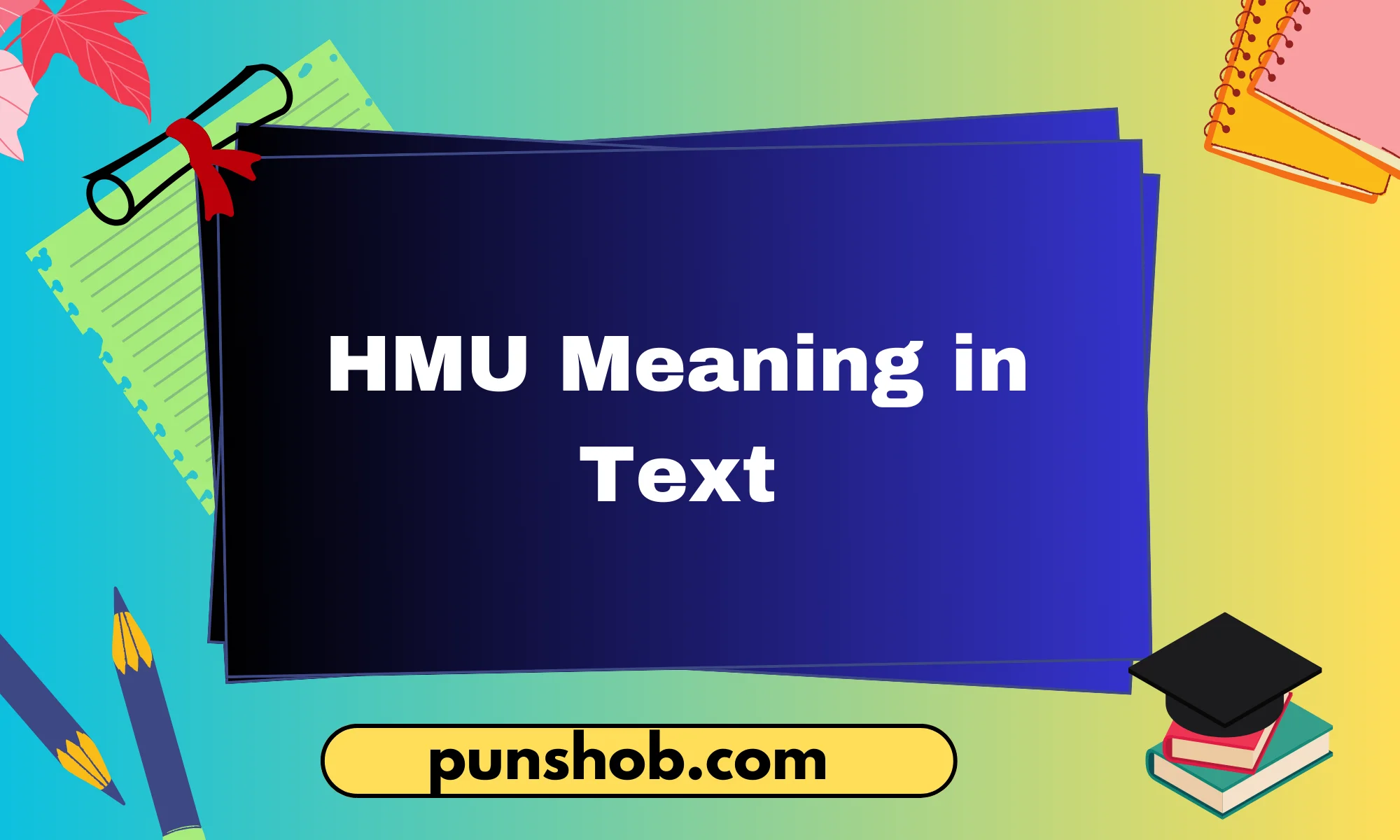
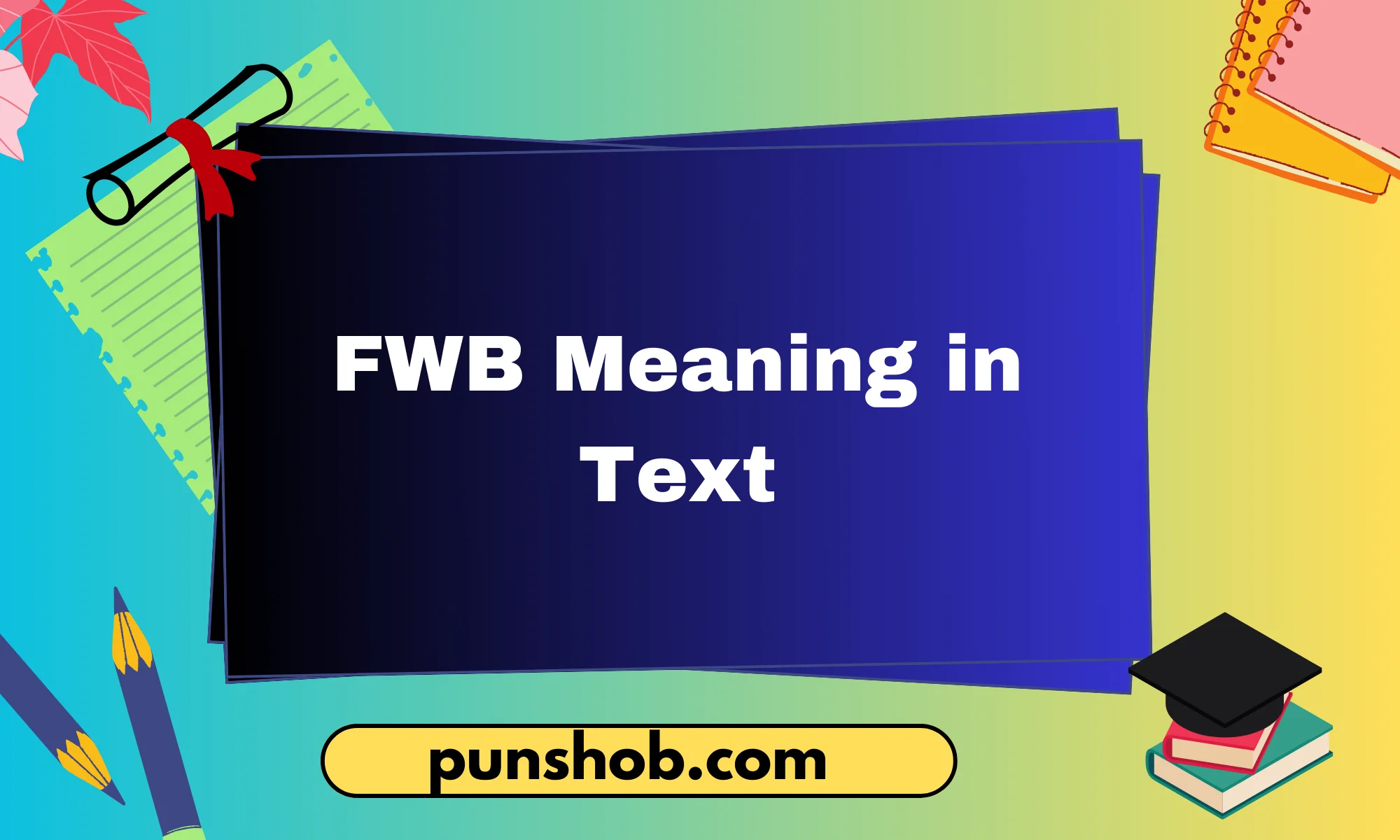
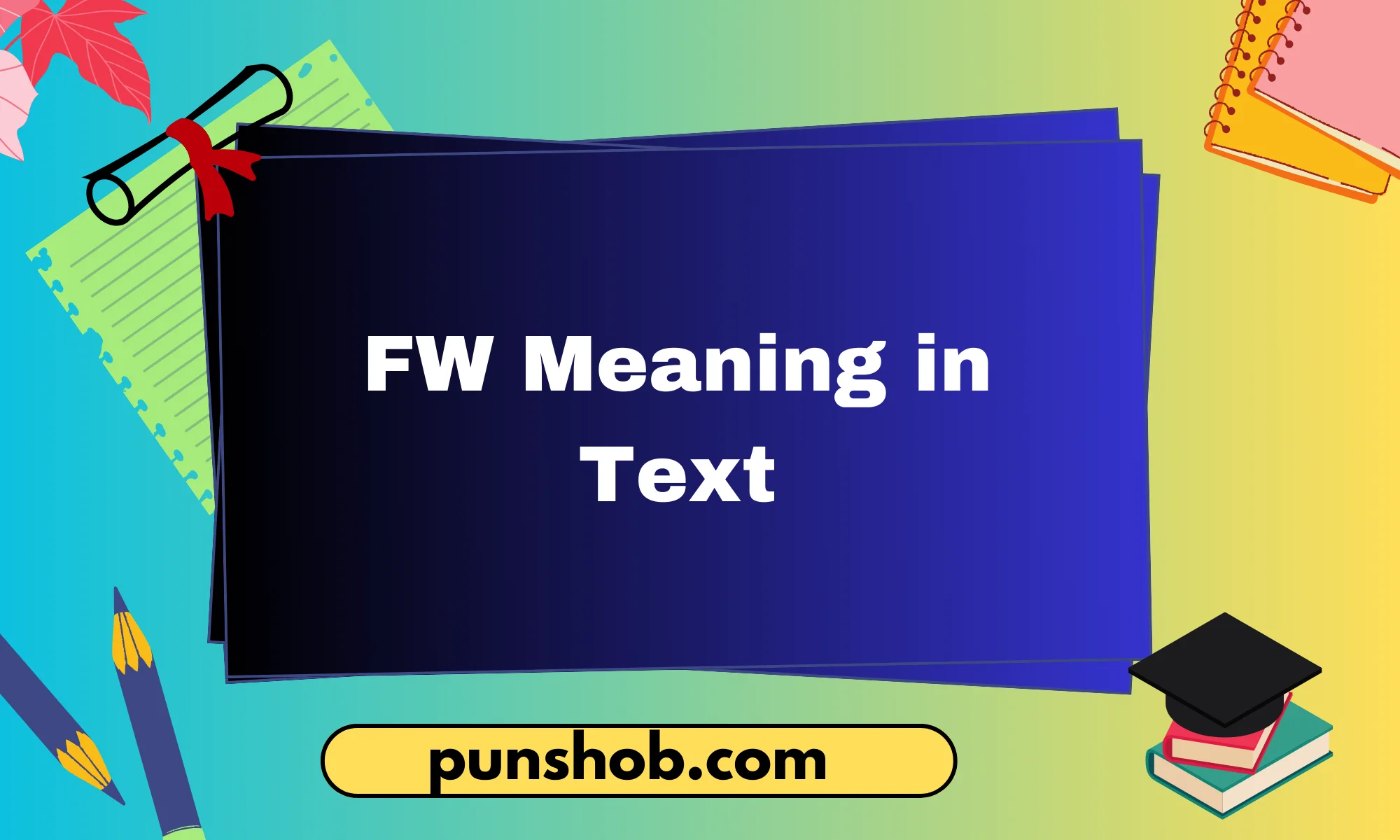
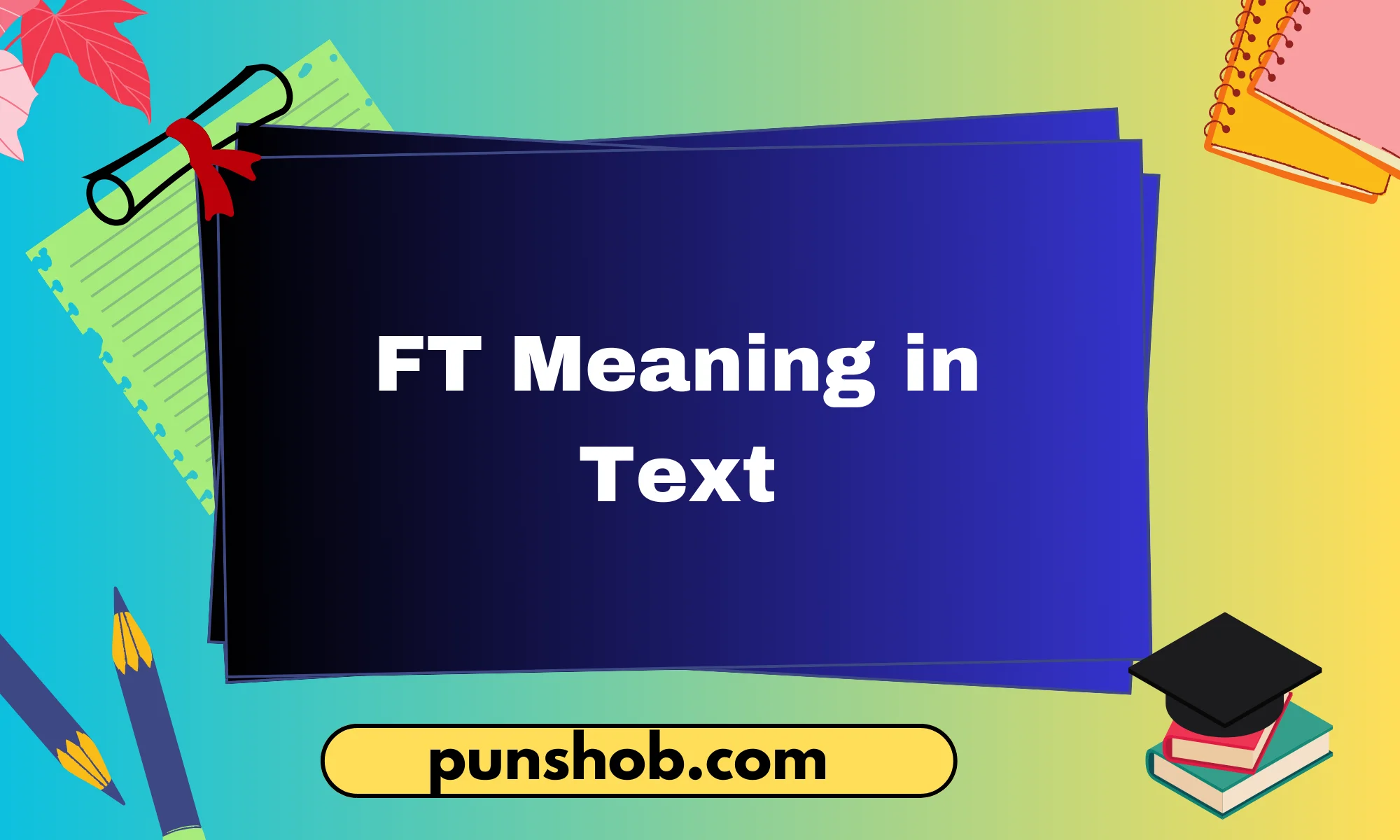
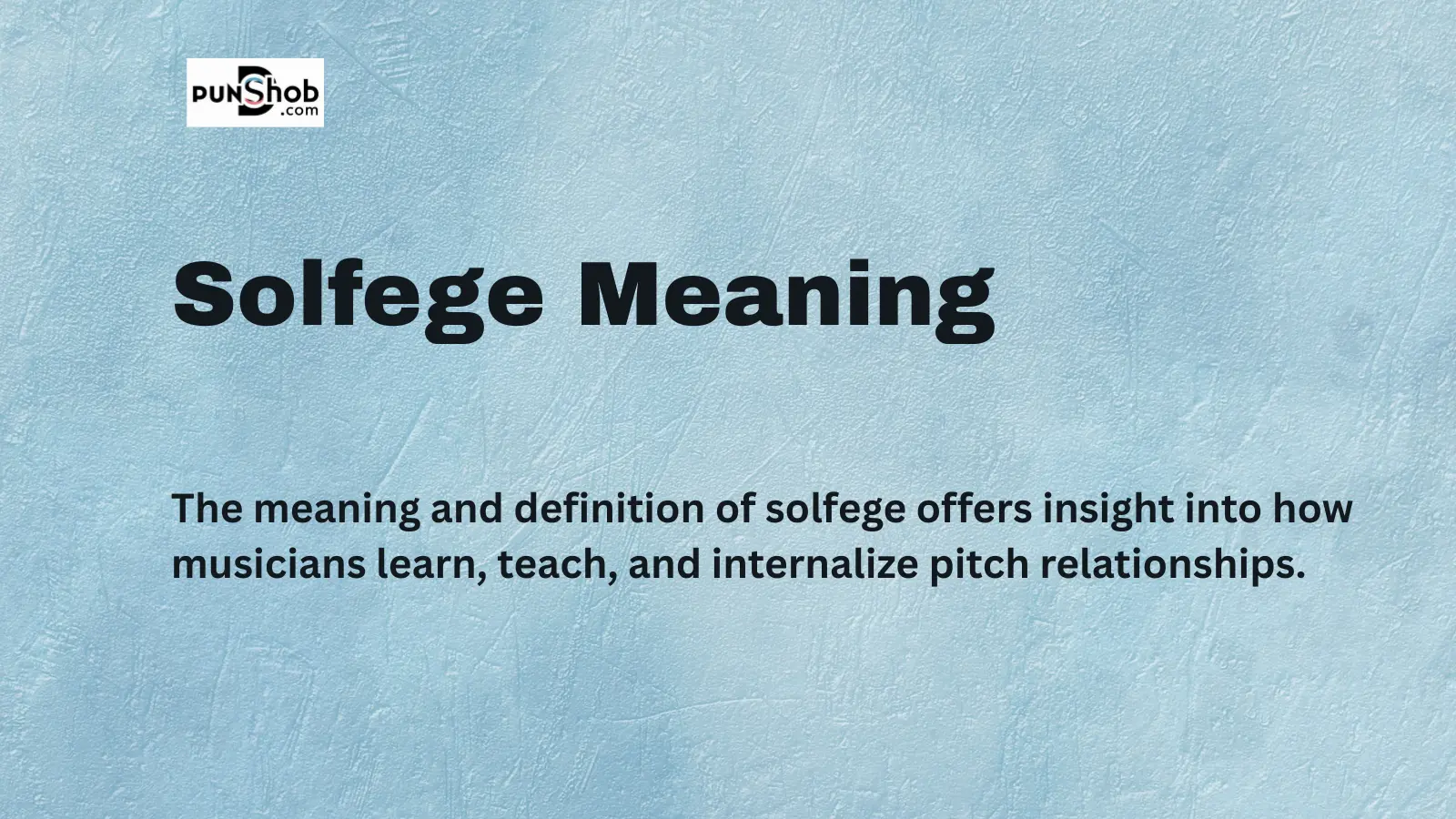

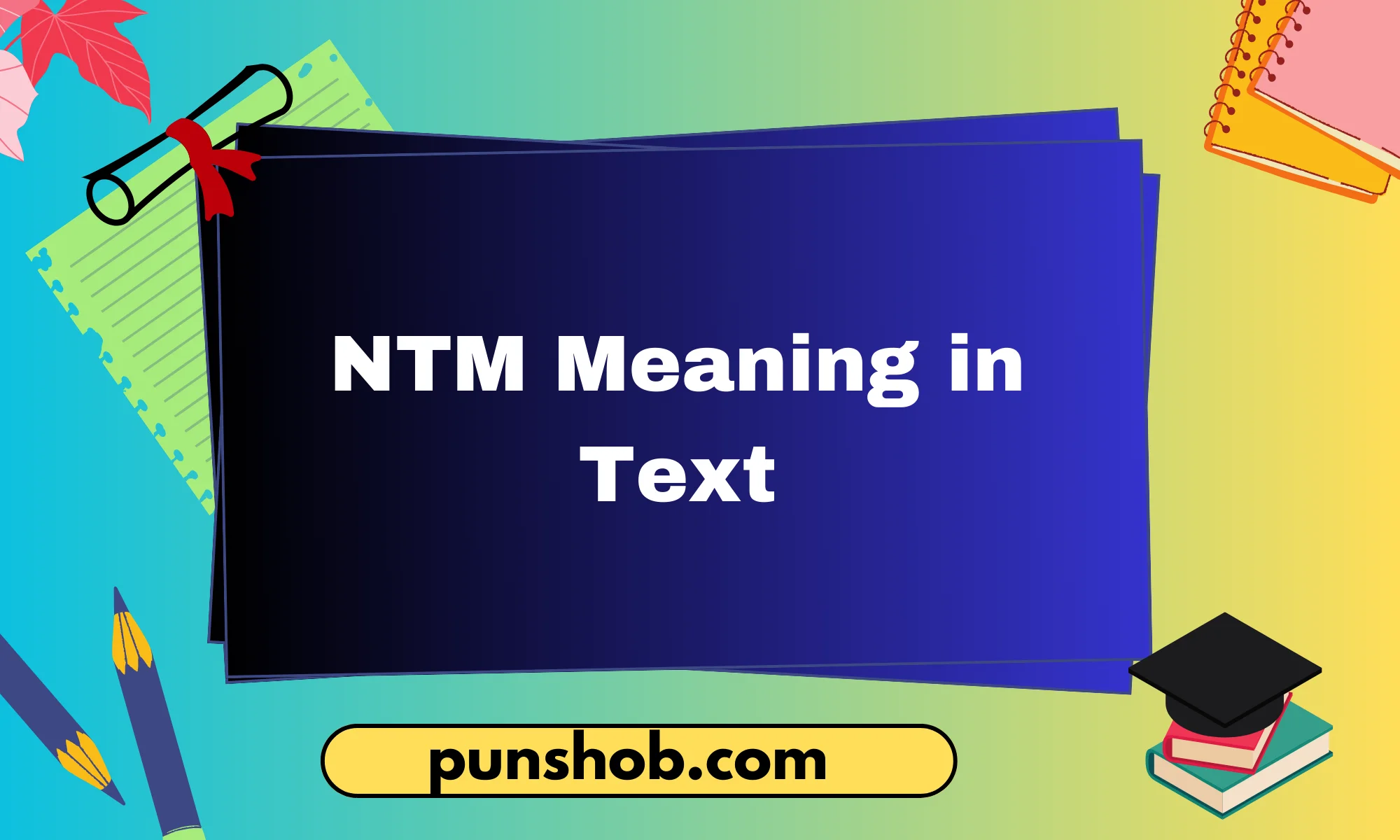
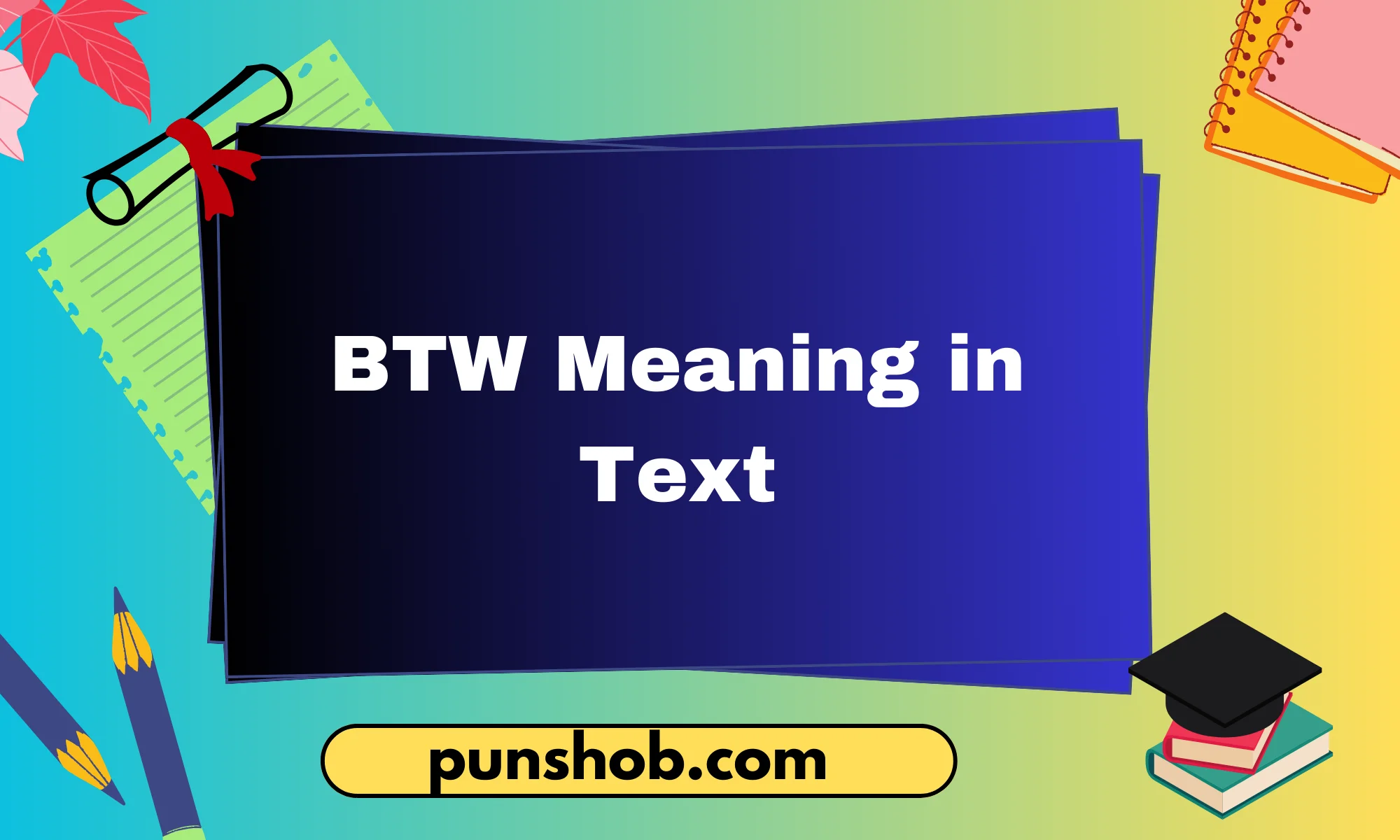
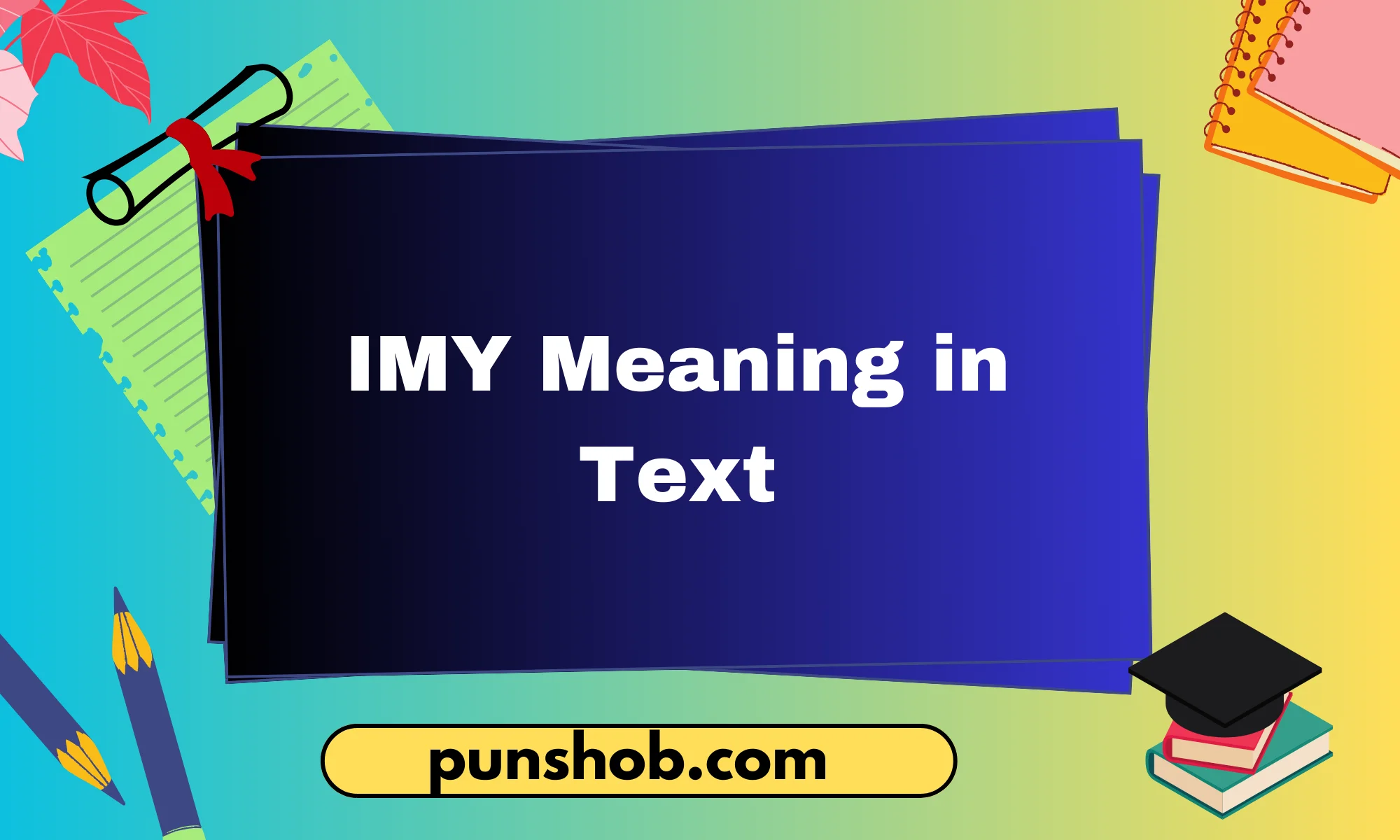
Leave a Reply